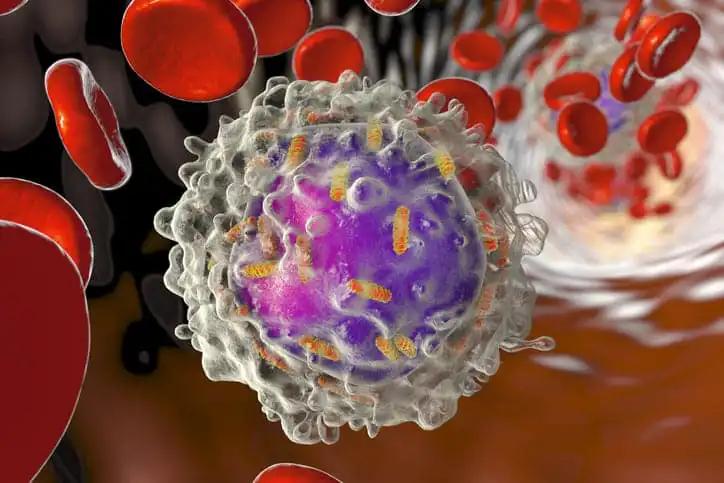KEY TAKEAWAYS
- The phase II trial aimed to evaluate the safety and efficacy of tinostamustine in advanced solid tumor pts.
- The primary endpoint was ORR and rate of stable disease. Secondary endpoints were OS, PFS, and duration of response.
- The study shows promise for treating advanced solid tumor pts who have no other good treatment options.
The new drug tinostamustine kills cancer cells by damaging their DNA and preventing them from repairing it. Researchers aimed to evaluate the safety and efficacy of tinostamustine in advanced solid tumor patients (pts).
The primary endpoint was the objective response rate (ORR), which included complete responses (CR) and partial responses (PR), along with the rate of stable disease lasting at least 4 months. The recommended Phase II dose (RP2D) was 80 mg/m2 administered on Days 1 and 15 of each 4-week treatment cycle. Secondary endpoints included progression-free survival (PFS), overall survival (OS), and duration of response. Eligible pts were at least 18 years old, had a life expectancy of at least 3 months, Eastern Cooperative Oncology Group (ECOG) performance status of 2 or lower, and were diagnosed with advanced/metastatic soft tissue sarcoma (STS), small-cell lung (SCLC), triple-negative breast (TNBC), ovarian (OvCa), or endometrial cancer. They must have experienced disease progression after at least one prior line of therapy, with no other standard therapies available or recommended.
About 6 pts were enrolled and evaluable for response, with a mean age of 59.6 years (± 11.2 SD); 83.3% were female, and 80.6% were Caucasian. All pts had an ECOG PS score of ≤1 and a median of 3 prior therapy lines (range 1–9). As of the data cut-off date (November 30, 2022), they received a median of 2 cycles of tinostamustine (range 1–8), 19 pts (52.8%) discontinued treatment due to progressive disease, 1 patient with synovial sarcoma (in the STS cohort; n=10) and 1 patient with OvCa (n=12) achieved a PR. Overall, 14 pts (38.9%) experienced stable disease for ≥4 months (0/4 SCLC; 3/10 STS; 3/4 TNBC; 5/12 OvCa; 3/6 endometrial cancer). The Clinical Benefit Rate was 44.4% (95% CI: 27.9%, 61.9%). Median PFS and OS for all treated pts were 2.2 months (95% CI: 1.8, 3.3 months) and 5.5 months (95% CI: 4.1, 15.0 months), respectively.
At least one treatment-emergent adverse event (TEAE) was experienced by the pts, with 56.7% of these events considered related to tinostamustine. Serious tinostamustine-related AEs were reported in 30.6% of pts (13 hematological events); 10 (27.8%) pts discontinued treatment due to TEAEs (platelet count decreased: 5 events in 3 pts, including 2 Grade 3 and 1 Grade 4; all other events n=1) of 2 pts experienced fatal TEAEs; 1 with intra-abdominal hemorrhage (considered related to study drug), and the other with hypoxia/dyspnea (not study drug-related).
The study shows promise for treating advanced solid tumor pts who have no other good treatment options.
Source: https://ascopubs.org/doi/abs/10.1200/JCO.2023.41.16_suppl.3021#
Clinical Trial: https://classic.clinicaltrials.gov/ct2/show/NCT03345485
Anna Tinker, James Fredric Strauss, Reva Schneider, Rashmi Chugh, Giuseppe Curigliano, Massimo A. Di Nicola, Ana Oaknin, Tomas Janik, Kasia Hilgier, Nick Manamley, and Shivaani Kummar. DOI: 10.1200/JCO.2023.41.16_suppl.3021 Journal of Clinical Oncology 41, no. 16_suppl (June 01, 2023) 3021-3021.



